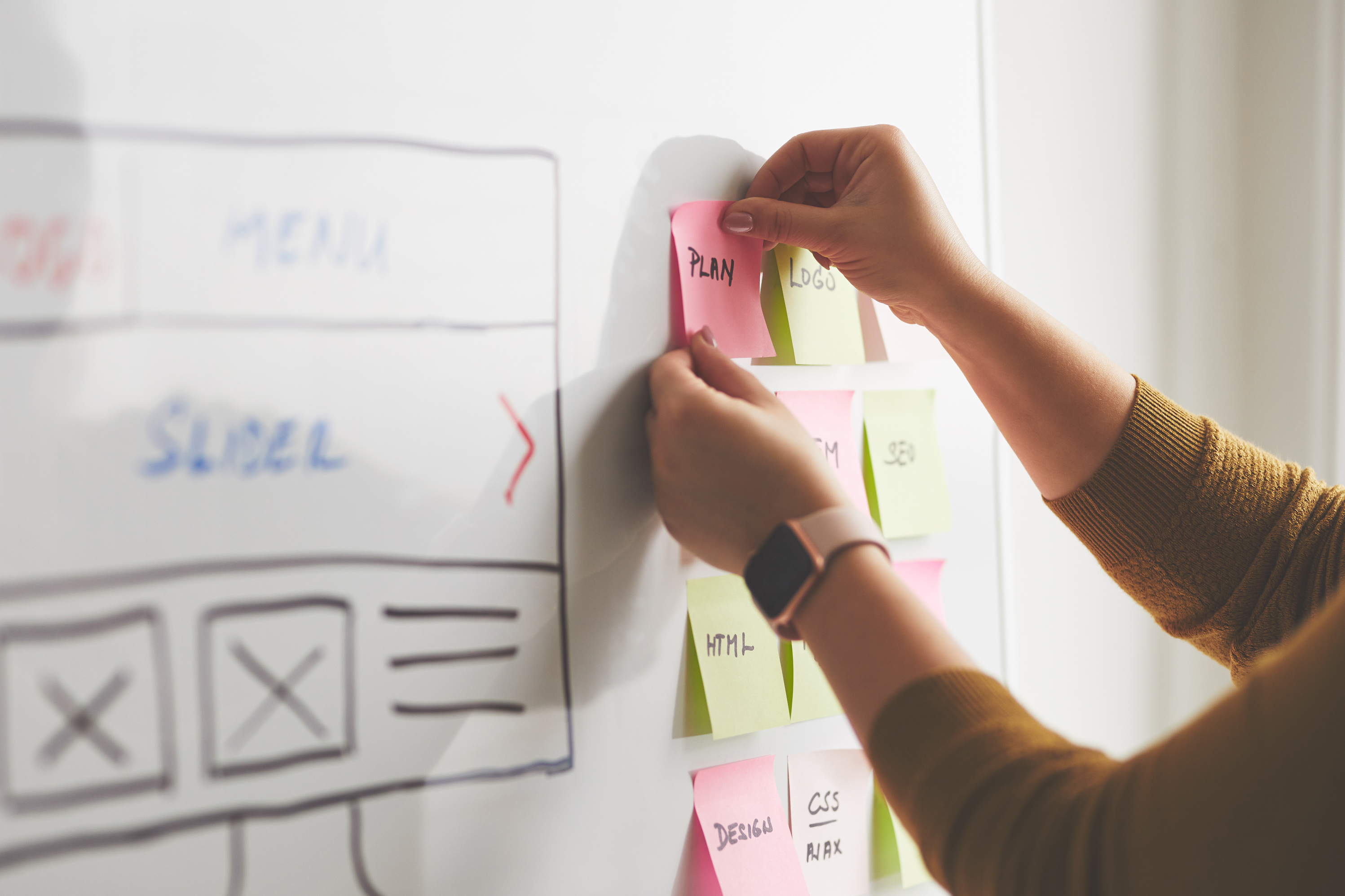
Whether you're launching a new product, refreshing your brand, or building a user-friendly website, partnering with a design consultant provides the expertise and creative vision you need.
We aim to demystify this journey for our clients. In this post, we’ll walk you through what you can expect when collaborating with an independent design consultant, and how you can make the most out of the partnership—from the first sketch to the final launch.
The most successful design projects start with a strong foundation: clarity. Before your first meeting, take time to think about what you want to achieve. Do you need a complete brand overhaul, a new landing page, or a product design that resonates with your users? Knowing your business goals and key pain points will help shape the design process.
Tip: Don’t worry if your vision isn’t fully fleshed out. A good design consultant will help you refine your ideas and identify the core problems that need solving. Come prepared with any inspiration, competitor examples, or existing brand assets you want to build upon.
The kickoff meeting is where the magic starts. This is your opportunity to share your vision, discuss goals, and get aligned on the project scope. A seasoned design consultant will ask targeted questions to better understand your needs and identify potential challenges.
What to Expect:
Tip: Be as transparent as possible about your budget and timeline constraints. This allows your consultant to tailor their approach and prioritize effectively.
Once expectations are set, the project typically moves into the discovery phase. This is where your design consultant digs deep into understanding your business, competitors, and most importantly, your users. This phase may include market research, user interviews, or a brand audit.
Why It Matters:The insights gathered during this phase inform every design decision moving forward. By understanding the needs, preferences, and pain points of your users, your consultant can create a design that not only looks good but also functions seamlessly and meets user needs.
With a solid understanding of your goals and market, the design consultant will begin sketching concepts and exploring different design directions. This is where creativity takes center stage, and you’ll start to see your vision come to life.
You can expect:
Tip: This is a collaborative phase. Don’t be afraid to share your thoughts and preferences—constructive feedback is vital for shaping the final design.
Design is an iterative process. After the initial concepts are presented, you and your consultant will work together to refine the chosen direction. This phase may include several rounds of revisions, with each iteration bringing the design closer to the final product.
How to Collaborate Effectively:
Depending on the scope of your project, your design consultant may create interactive prototypes. Prototyping allows you to experience the design before it’s fully built, giving you a chance to see how it feels in real-world scenarios.
Benefits of Prototyping:
Tip: Use this phase to involve key stakeholders who might not have been part of the earlier stages. Getting their buy-in now can prevent roadblocks later on.
Once the design is finalized and you’ve given your approval, your consultant will prepare the final deliverables. These might include high-resolution files, design specifications, brand guidelines, and any other assets needed for development or print.
What’s Included:
Tip: Make sure to schedule a final review session. This is a great time to address any last-minute tweaks and ensure everyone is aligned before launch.
Your project doesn’t end with the launch. After your design goes live, it’s important to track performance, gather user feedback, and make iterative improvements as needed. Many clients opt for a retainer model to ensure ongoing design support and updates.
Why It’s Important:
Working with a design consultant can be a game-changer for your business, but the success of the project relies heavily on open communication, collaboration, and mutual trust. By understanding the process and setting clear expectations from the start, you’ll not only create a great product but also build a strong, lasting partnership.
Ready to take your project from sketch to launch? Let’s chat about how Fairhaven Design Studio can help bring your vision to life.